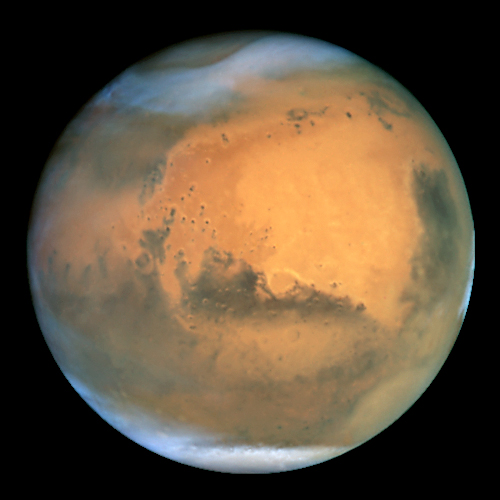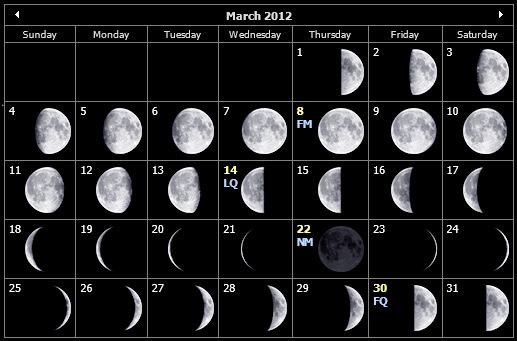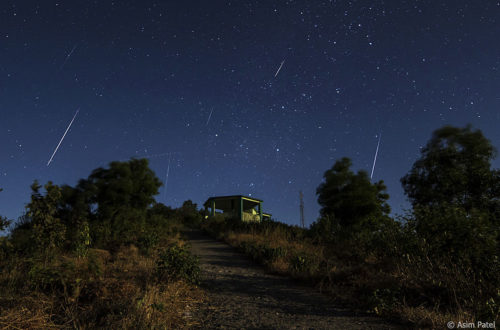Monthly Stargazing Calendar for March 2012
Looking for the March 2025 stargazing calendar?
On March 3, Mars was at opposition. The Earth passed Mars as the two planets wheeled around the sun in their respective orbits. This time the opposition was an unfavorable one because Mars was at aphelion on February 15, which means it was at its farthest point from the sun. Nevertheless it was still a great sight at a magnitude of -1.2. If you missed it, Mars will still be quite bright for the next few weeks.

On March 14 we will witness a conjunction of Venus and Jupiter. The two brightest planets in the sky will be within 3 degrees of each other in the evening sky. Additionally, on March 25 and 26, the crescent Moon will get near the two planets.
Would you like to be notified of stargazing events?
The March equinox will occur on March 20 at 05:14 UTC. The Sun will shine directly on the equator and there will be nearly equal amounts of day and night throughout the world. In the northern hemisphere it will be the first day of spring (vernal equinox) while in the southern hemisphere it will be the first day of fall (autumnal equinox).
Moon phases
As you know, the Moon has a big impact on the visibility of celestial bodies in the night sky. So here are the Moon’s phases for this month:

Positions of the planets this month
Mercury: The closest planet to the Sun can be seen at dawn and dusk in the constellation of Pisces, not far from the planet Uranus. This planet, being the closest to the Sun, will appear to move quickly in the night sky and its position will change in the following weeks.
Venus: The sister planet can be seen between the constellations of Pisces, Cetus, and Aries, not far from the planet Jupiter. Just like Mercury, Venus can only be seen at dawn and dusk.
Mars: The red planet can be seen in the constellation of Leo, between the bright stars Denebola and Regulus.
Jupiter: The gas giant is visible between the constellations of Pisces, Cetus and Aries. Jupiter can easily be spotted with the naked eye, even in highly illuminated cities.
Saturn: The ringed giant can be seen with the naked eye in the middle of the Virgo constellation, not far from the bright star Spica.
Uranus: The gas giant can be seen between the constellations of Pisces and Cetus with the use of a telescope.
Neptune: The blue giant requires a telescope pointed in the constellation of Aquarius in order to be seen.
Major astronomical events next month
- April 15 – Saturn at opposition.
- April 21, 22 – Lyrids Meteor Shower.
See also:
- Previous month’s calendar: Stargazing Calendar for February 2012
- Next month’s calendar: Stargazing Calendar for April 2012
Would you like to receive similar articles by email?





